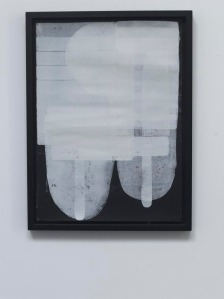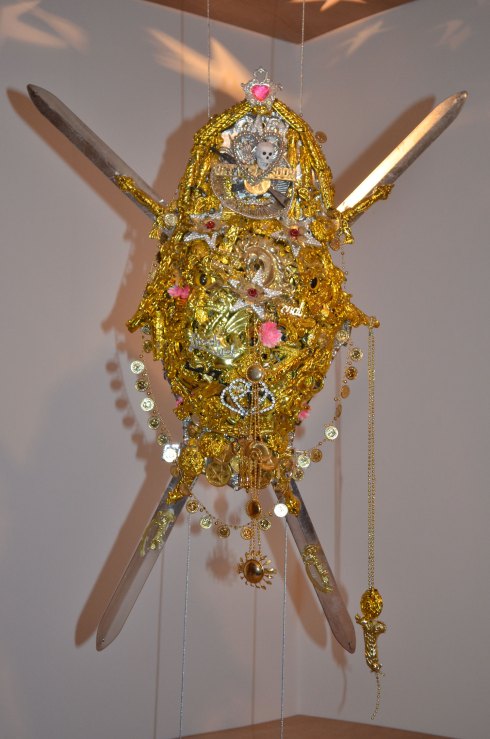Tate Britain‘s exhibition Picasso and Modern British Art sets out to trace Pablo Picasso‘s influence on Britain. Hence much of the exhibition looks at British artists influenced by Picasso, including Henry Moore, Francis Bacon and Ben Nicholson, drawing upon the research carried out for other recent exhibitions and the Tate’s own collection, and the exhibition consequently features several works that have appeared recently. Therefore it seems more targeted at the casual audience and tourists during this Olympic year, trying to introduce fresh audiences to the British artists shown. A considerable space and volume of wall text is devoted to indicating works bought by British collectors. This doesn’t seem to add much to the understanding of the artist’s work, or really to indicate that British collectors had a taste for particular genres of Picasso’s practice, but does help to reinforce the country’s importance within the art world and as a powerful nation in the modern world. Indeed a more pressing reason for this section may be to encourage visitors to collect the work of contemporary artists, demonstrating that British collectors can help cultivate major artists, and that by collecting work, one day you might be remembered by being named in a museum exhibiting it in the future.
The Kinetic Flow of Light
15 Jul
A theme emerged amongst a selection of the graduates in the Royal College of Art MA Show’s Sculpture Building of making works about the flow of light and this seems to have flowed out of this institution to the wider London art scene.
Brendan Giles‘ works at the RCA, Untitled (Vents 1&2) are sculptures of vents in which only selected slats are open and exist whilst the rest is solid. This creates an asymmetric pattern of lines where a little daylight can be seen hitting the wall behind the work, like some of Liam Gillick’s sculptural pieces that divide space. Perhaps, however, Giles’ works are actually more about the flow of air in and out of city buildings with vast air conditioning systems.
Sara Knowland’s Oscillator-Aerator at the Royal Academy Schools Show bares a similar form but in wood painted grey rather than plaster and seems to directly reference the form of Julian Opie’s H (1987).
Nothing’s Ever As Simple As Black and White
31 MayMaintaining the monochromatic theme from the last article, Explorations in Materiality and Texture, Will Rogan and Zin Taylor’s work at MOT International utilise black and white in their images for contrast in tone, not texture.
In Rogan’s greyscale photographs The Time Machine Scratched (2010) and The Time Machine Open (2010) a beaded, narrow line of light falls across an old copy of H.G. Wells’ The Time Machine as though piercing through the gap between two Venetian blinds. As we compare the two images, we see the light falls across the book in different positions indicating time has passed or been travelled between during the time it has taken to turn from the cover to the first page of text. The use of traditional black and white photography perhaps indicates the work itself could belong to a time since surpassed by technological innovations in colour photography, yet it remains crisp and new from having teleported to today from when it was first created.
These are contrasted with Taylor’s series of abstract works, An Arrangement of Voids, in which geometric blocks of white printing ink that might perhaps resemble thimbles, test tubes or lavatories, for example, are over layered on black paper, building up areas of powerful contrast along with a series of mid tones, like a photogram negative captured by repeated exposure with different objects placed on photosensitive paper.













